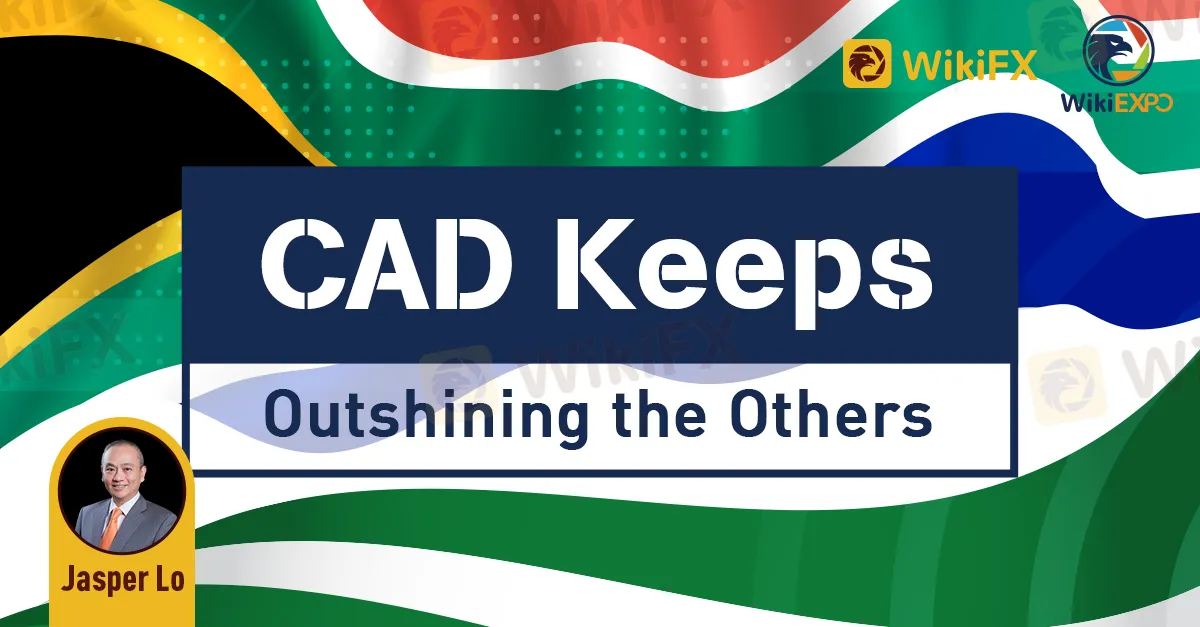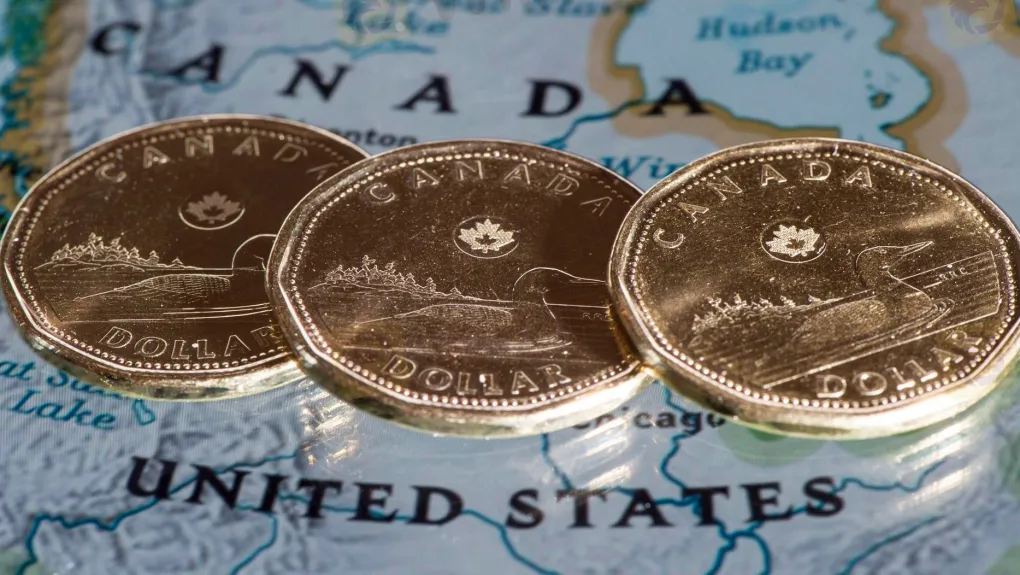简体中文
繁體中文
English
Pусский
日本語
ภาษาไทย
Tiếng Việt
Bahasa Indonesia
Español
हिन्दी
Filippiiniläinen
Français
Deutsch
Português
Türkçe
한국어
العربية
CAD Keeps Outshining the Others| Influencer‘s Insight •Jasper Lo
Abstract:USD has been thriving with an increase of DXY by 2.64% from early this year as expected. Although it has not outshone all its counterparts, the prospect of USD is bullish.

USD has been thriving with an increase of DXY by 2.64% from early this year as expected. Although it has not outshone all its counterparts, the prospect of USD is bullish. Based on the latest statistics of Commodity Futures Trading Commission (CFTC), the scale of net short positions held by speculators has plunged to a three-year low since June 2018 over the last week, an indication of retreating from the market conducted by traders who are unenthusiastic about USD.
It is only CAD itself that has outperformed USD when compared to its major rivals, becoming an outstanding currency. CAD/USD has embraced a growth of 1.5% while CAD/JPY has increased significantly by 7.55% since early this year for JPY is weak. The figure for the latter currency pair would skyrocket by 12.36%, provided the calculation on the last 12-month basis. The strong momentum of CAD is definitely associated with the continuous rise of oil prices in the past but the other supportive factors.

The bullish trend of CAD is not subject to a resurgent pandemic at home mainly due to the rapid growth of oil prices over the last year, which has fueled the comprehensive increase of economic returns on the energy exports of Canada, leading to its relatively satisfactory economic statistics released recently. For instance, the unemployment rate in March published last Friday (April 9th) plummeted from 8.2% to 7.5% while the employed population increased from 25.92 million to 30.31 million in the month, giving a glimpse of Canadas well-performed economy.
On the other hand, property prices in the country soared by 25% in February, even up to 35% in some popular cities, which was a strong increase. As such, the financial market predicted that the Bank of Canada boasts a chance to release signals of its hawkish monetary policies at the April 21st conference, maybe implying that a reduction to buying bonds is upcoming and that Canada will become the first major industrial power to announce its delisting.
Therefore, influenced by the favourable factors mentioned above, the signals of hawkish monetary policies released by the Bank of Canada round the corner is expected to see the hype in the market before next Wednesday (April 21st), paving way for the growth of CAD/USD and CAD/JPY. In my opinion, if the speculation hype is transient, CAD/JPY should be prioritized as its previous resistance level at 88.304 is predicted to embrace a breakout chance and march towards that at 89.214 in October 2018. In the long run, I am confident to challenge the double-top resistance level at 91.578 in September 2017 and January 2018.

Disclaimer:
The views in this article only represent the author's personal views, and do not constitute investment advice on this platform. This platform does not guarantee the accuracy, completeness and timeliness of the information in the article, and will not be liable for any loss caused by the use of or reliance on the information in the article.
Read more

Key Forex Strategies
New to forex trading and looking for simple and effective trading strategies? We got you covered! In this quick guide, we'll explain some of the key forex strategies which are easy to digest. So, let's start!

Fundamental vs Technical Analysis
Fundamental and technical analysis play some of the most influential and critical roles in making trading decisions amongst traders today. They are widely accepted by stock, foreign exchange, indices and cryptocurrency traders worldwide. Traders use either or both of the methods to make key trading decisions in their respective markets.

Going Short of JPY Is Boosted by Yellen’s Remark on Interest-Rate Hikes Again
When interviewed by Bloomberg, Yellen, the U.S. Treasury Secretary, indicated that the USD 4-trillion budget released by Biden would be beneficial to America even if it may increase inflation and interest rates.

Brent oil is predicted of bullish repricing by Goldman Sach
According to Goldman Sachs' head of energy research, a nuclear deal between the U.S. and Iran could send energy prices higher - even if it means more supply in the oil markets. Talks are ongoing in Vienna between Iran and the six world powers - the U.S., China, Russia, France, U.K., and Germany - trying to salvage the 2015 landmark deal. Officials say there's been progress, but the conclusion of the negotiations remains unclear and oil prices have been soaring as a result.
WikiFX Broker
Latest News
Ghana Trader Jailed for $300K Forex and Crypto Scam
US Dollar Surge Dominates Forex Market
Hong Kong Police Bust Deepfake Crypto Scam Syndicate Involving $34 Million
Is it a good time to buy Korean Won with the current depreciation?
Pepperstone Sponsored the "Aston Martin Aramco Formula One Team"
ACY Securities Integrates MetaTrader 5 to Enhnace Copy Trading Service
Soegee Futures Review: Should You Trust This Broker?
Malaysian Pilot Loses RM1.36 Million in UVKXE Investment App Scam
Indonesia officially joins the BRICS countries
Attention! Goldman Sachs Cuts Gold Target to $2910
Currency Calculator






